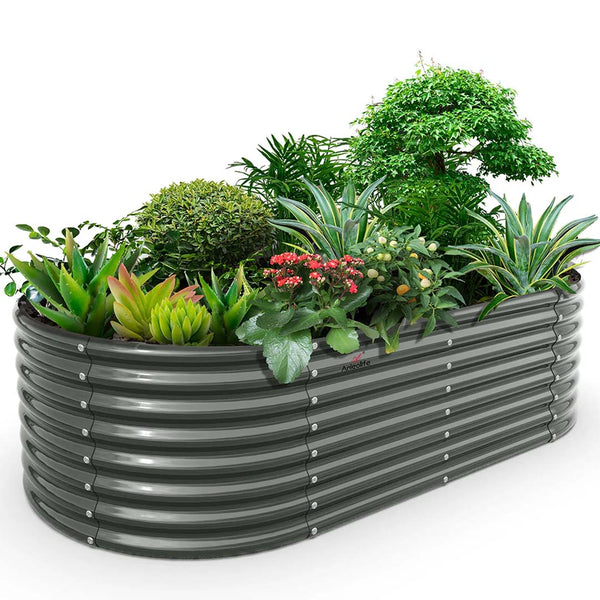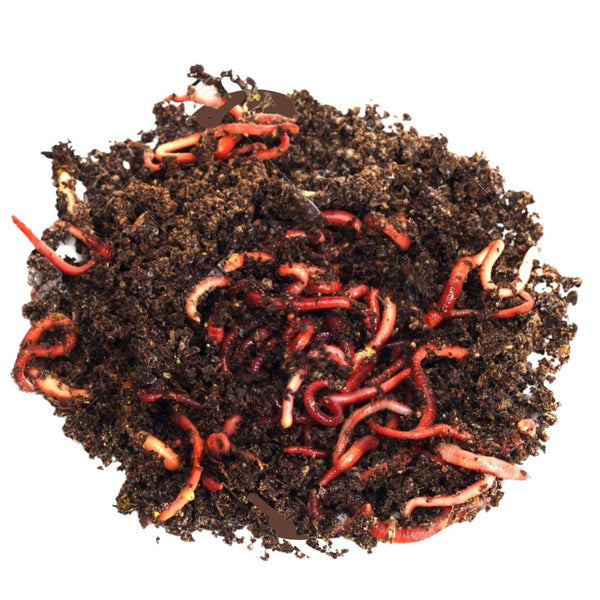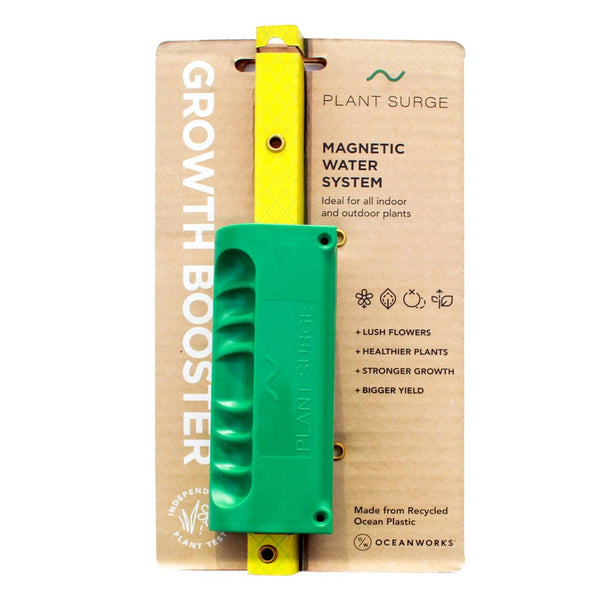The Electroculture Gardening Copper Wire Technique That's Boosting Yields By 87%

Understanding Electroculture Gardening
Electroculture gardening is like giving your plants a little electric pep talk. By using copper wire, we can boost plant growth and make our gardens more lively. This method creates a sort of invisible force field in the soil, giving our plants a nudge that old-school gardening just can't match.
Basics of Electroculture
So, what's the deal with electroculture? It's all about placing copper wire in the dirt. This wire sets up an electromagnetic field that gets plants buzzing with energy. It perks up their roots, helps them soak up nutrients better, and makes the whole garden feel more alive. It's like giving your plants a superpower, helping them grow strong and healthy.
| Key Features of Electroculture Gardening |
|---|
| Uses copper wire to create electromagnetic fields |
| Boosts nutrient absorption |
| Stimulates root systems for healthier plants |
| Promotes a lively garden environment |
Benefits of Electroculture
Why should we care about electroculture? Well, it can really up our gardening game. Check out these perks:
Better Nutrient Uptake: Copper wire helps plants chow down on nutrients, making them grow bigger and stronger.
Pest and Disease Defense: The electromagnetic vibes can keep pests at bay and make plants tougher against diseases.
Water Smarts: Plants get better at using water, so we don't have to water them as much. It's a win for our water bills and the planet.
Bigger Harvests: Healthier plants mean more veggies and flowers for us to enjoy.
Eco-Friendly: This method is kind to Mother Earth, cutting down on the need for chemical fertilizers and bug sprays.
By adding electroculture to our gardening toolkit, we can grow a garden that's not just good for us but also for the world around us. Want to know more about getting started? Check out our guide on electroculture gardening.
Implementing Electroculture Techniques
Electroculture gardening is like giving your plants a little electric pep talk. By using copper wire antennas and ground rods, we can tap into the Earth's energy to supercharge our gardens and make the soil healthier.
Copper Wire Antennas
Copper wire antennas are the rock stars of electroculture gardening. This involves wrapping copper wire around wooden sticks or making spiral antennas that go into the ground. The copper wire grabs energy from the air and sends it into the soil, giving plants a gentle electric boost. Fans of this method say it can cut down on the need for fertilizers and pesticides, leading to stronger, pest-resistant plants (Delco Culture Vultures).
| Feature | Description |
|---|---|
| Material | Copper wire, often wrapped around wooden dowels |
| Function | Captures atmospheric energy and channels it into the soil |
| Benefits | Enhances nutrient absorption, reduces reliance on chemicals |
Using copper wire in our gardens can help plants soak up nutrients better, which means they grow bigger and stronger. This easy trick can be used in home gardens, so whether you're a newbie or a gardening pro, it's worth a shot.
Ground Rods and Magnetic Coils
Ground rods and magnetic coils are like the dynamic duo of electroculture gardening. Ground rods are metal sticks you push into the soil next to plants to help electricity flow, while magnetic coils involve wrapping copper wire around plant stems or bases to create a mini electromagnetic field. Together, these techniques help nutrients and water move through the plant, boosting its health and toughness.
| Technique | Description |
|---|---|
| Ground Rods | Metal rods inserted into the soil to enhance electrical flow |
| Magnetic Coils | Copper wire wrapped around plant bases to create an electromagnetic field |
Supporters say that giving plants a little zap encourages them to produce hormones that make cells grow and stretch. This means faster growth, bigger harvests, and more flowers. Healthier plants can fight off pests and diseases better, making these techniques a handy addition to our gardening toolkit.
By trying out these electroculture techniques, we can grow gardens that stand up to environmental challenges while cutting back on synthetic stuff. Whether we're seasoned gardeners or just getting our hands dirty, these methods offer a green way to boost our gardening game. For more tips on getting started, check out our guide on electroculture gardening.























